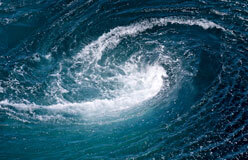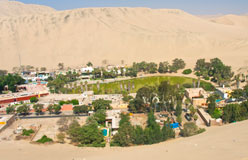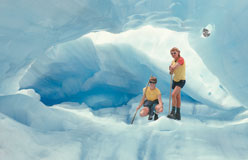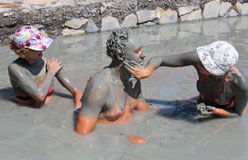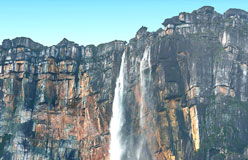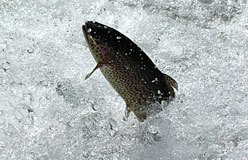Several times each day, your body takes in a chemical called hydrogen oxide.
This chemical has the power to eat away solid rock over a period of time. In its frozen state, mighty hydrogen oxide can crack concrete and destroy the cells of plants and animals.
Hydrogen oxide is the chemical name for water. The chemical symbol for water is so familiar that it is a nickname for water: H2O. The H stands for an atom of hydrogen, which is positively charged. The 2 indicates that there are two atoms of hydrogen. The O stands for an atom of oxygen, which is negatively charged. Thus, water consists of a bond between three atoms: two positively (+) charged hydrogen atoms and a negatively (-) charged oxygen atom—H-O-H—no matter whether it is found as a liquid, solid (ice), or gas (water vapor).
Water may seem ordinary, but it has some properties that no other substance has. Water is a supersolvent, so it has the power to dissolve materials like no other substance. To find out more about what water can do, you can test many properties of water right in your own kitchen.

